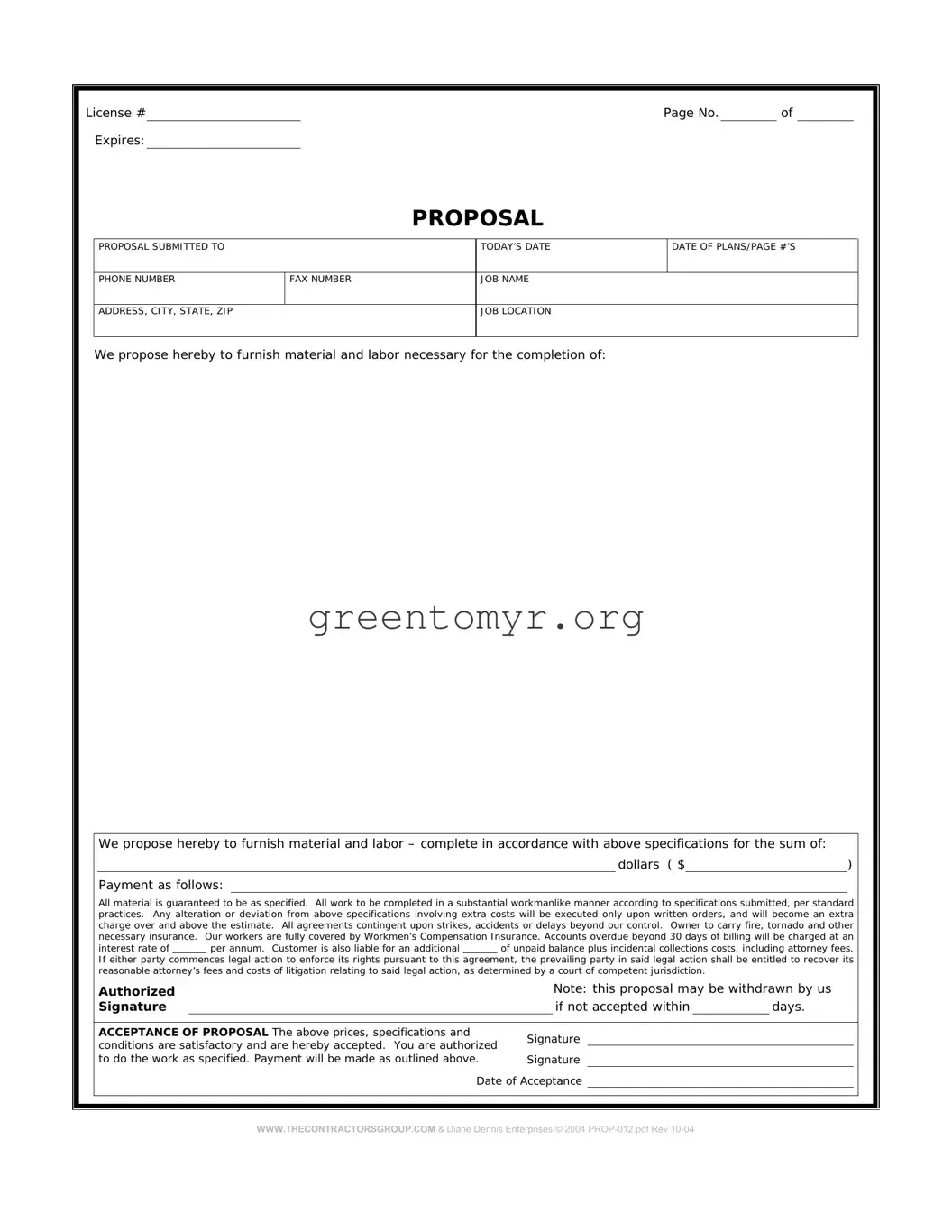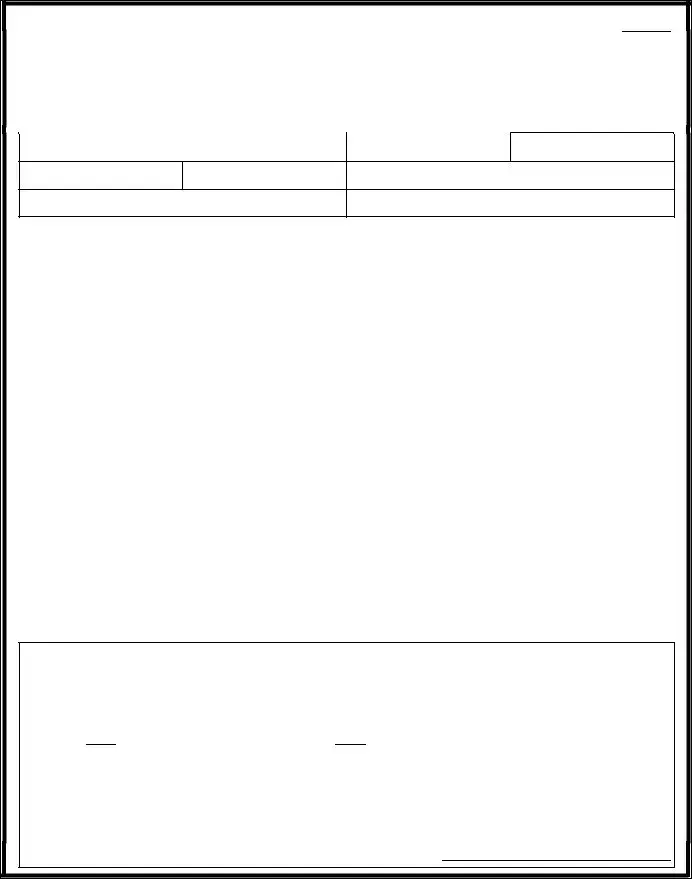Filling out a construction proposal form can feel overwhelming. It's important to get it right because this document sets the tone for an entire project. Yet, many people make common mistakes that could easily be avoided.
One major mistake is not providing accurate contact information. If the project owner needs to reach out for clarifications, they can’t do so effectively without the right phone number or email address. Always double-check your contact details before submitting the form.
Another common error is leaving out important project details. Vague descriptions can lead to misunderstandings about the scope of work. Be as specific as possible when describing the project, including timelines and key deliverables.
A third mistake is underestimating costs. People often forget to include all necessary expenses, which can lead to financial strain down the line. It’s wise to break down costs clearly and add a buffer for unexpected expenses.
Additionally, many people overlook the importance of signatures. Submitting a form without required signatures can delay the entire process. Always ensure that all necessary parties have signed the document before submission.
Some individuals fail to read the instructions carefully. Each proposal form may have specific requirements, and ignoring them can result in an incomplete submission. Take a moment to read through the guidelines to ensure that you're in compliance.
Another pitfall is assuming that previous proposals can be reused without modification. Each project is unique, and using an old proposal as-is can lead to missing information that’s crucial for the current job. Tailor each proposal for the specific project.
People sometimes misinterpret deadlines, believing that they are flexible. Missing a deadline can mean losing the opportunity to bid on a project. Keep track of submission dates and set reminders to boost your chances of being considered.
Lastly, neglecting to attach supporting documents is a frequent oversight. If the proposal requires additional materials, not including them can weaken your submission. Always verify what documents need to accompany the proposal and ensure they’re attached.
By steering clear of these mistakes, you put yourself in a stronger position when submitting a construction proposal. Pay attention to the details, and your chances for success will improve significantly.

